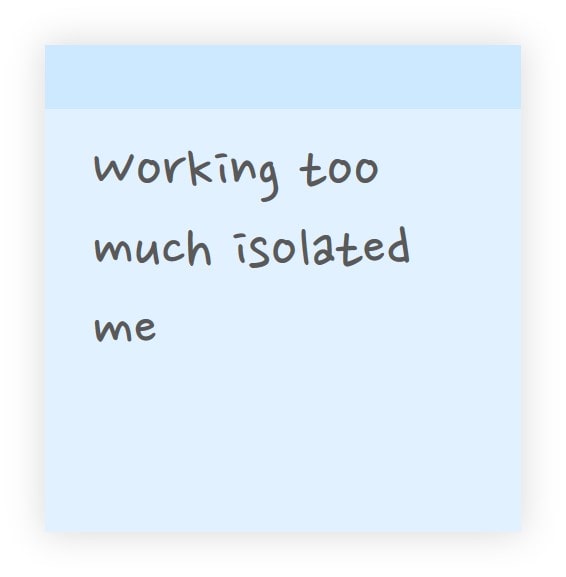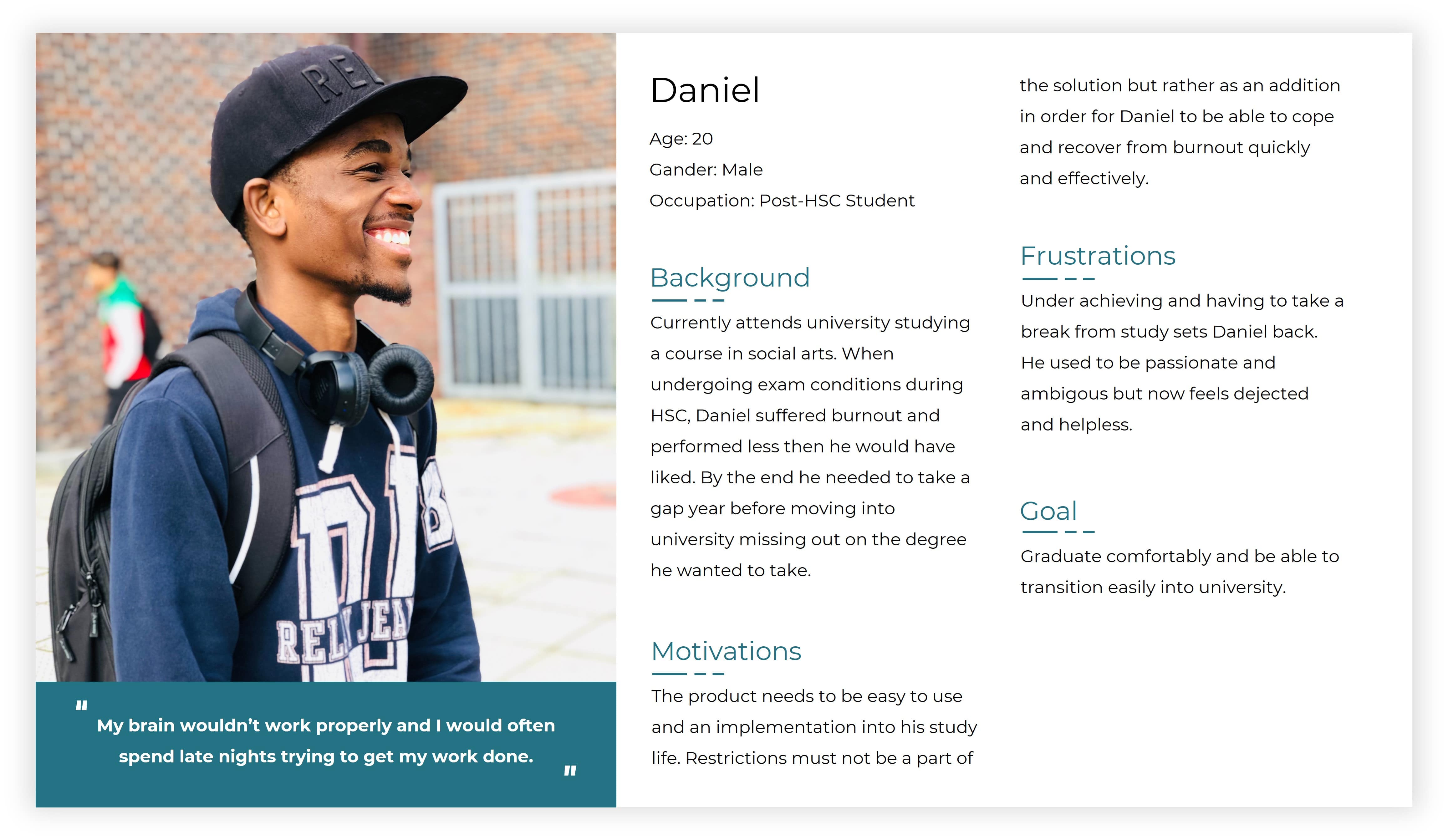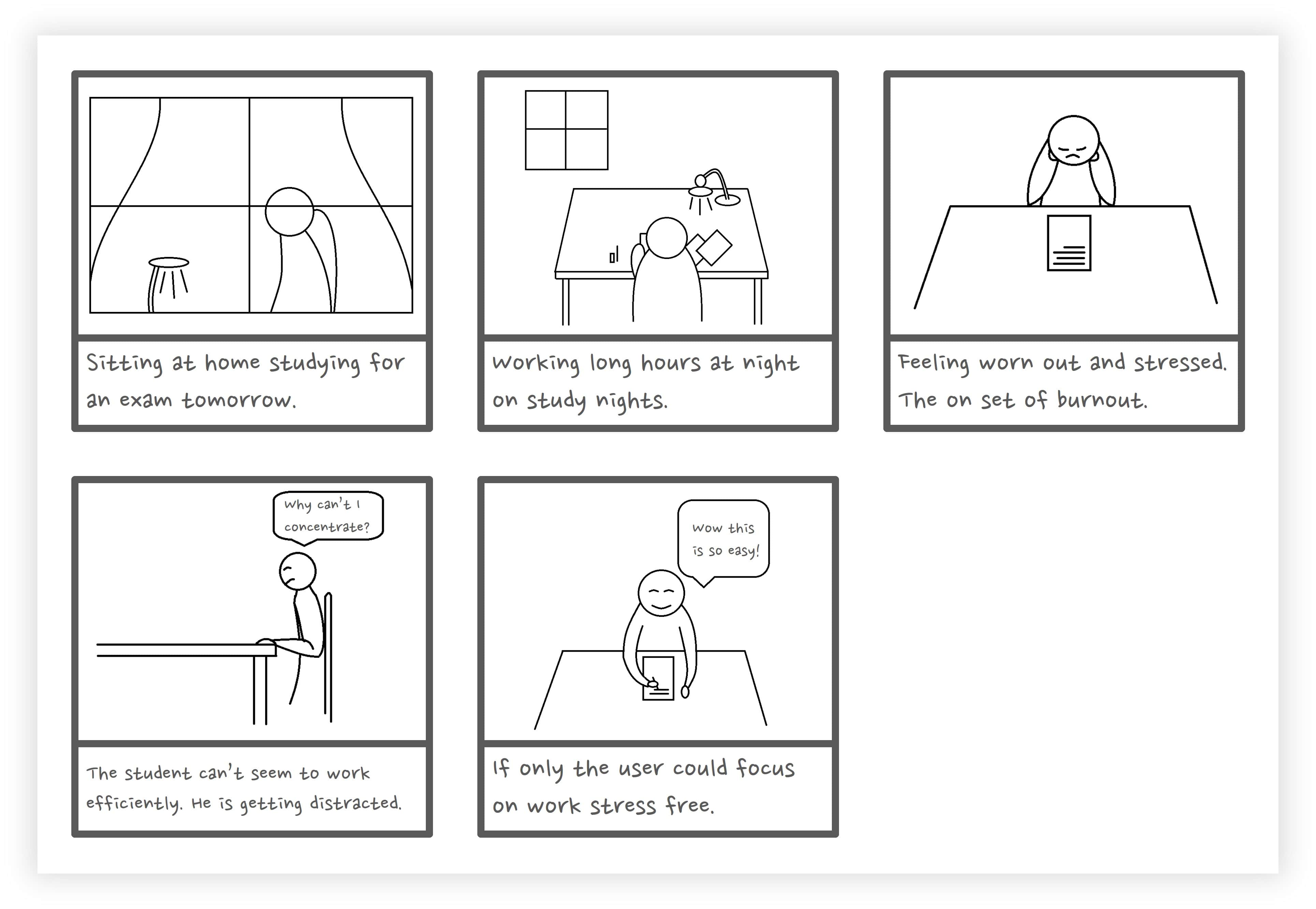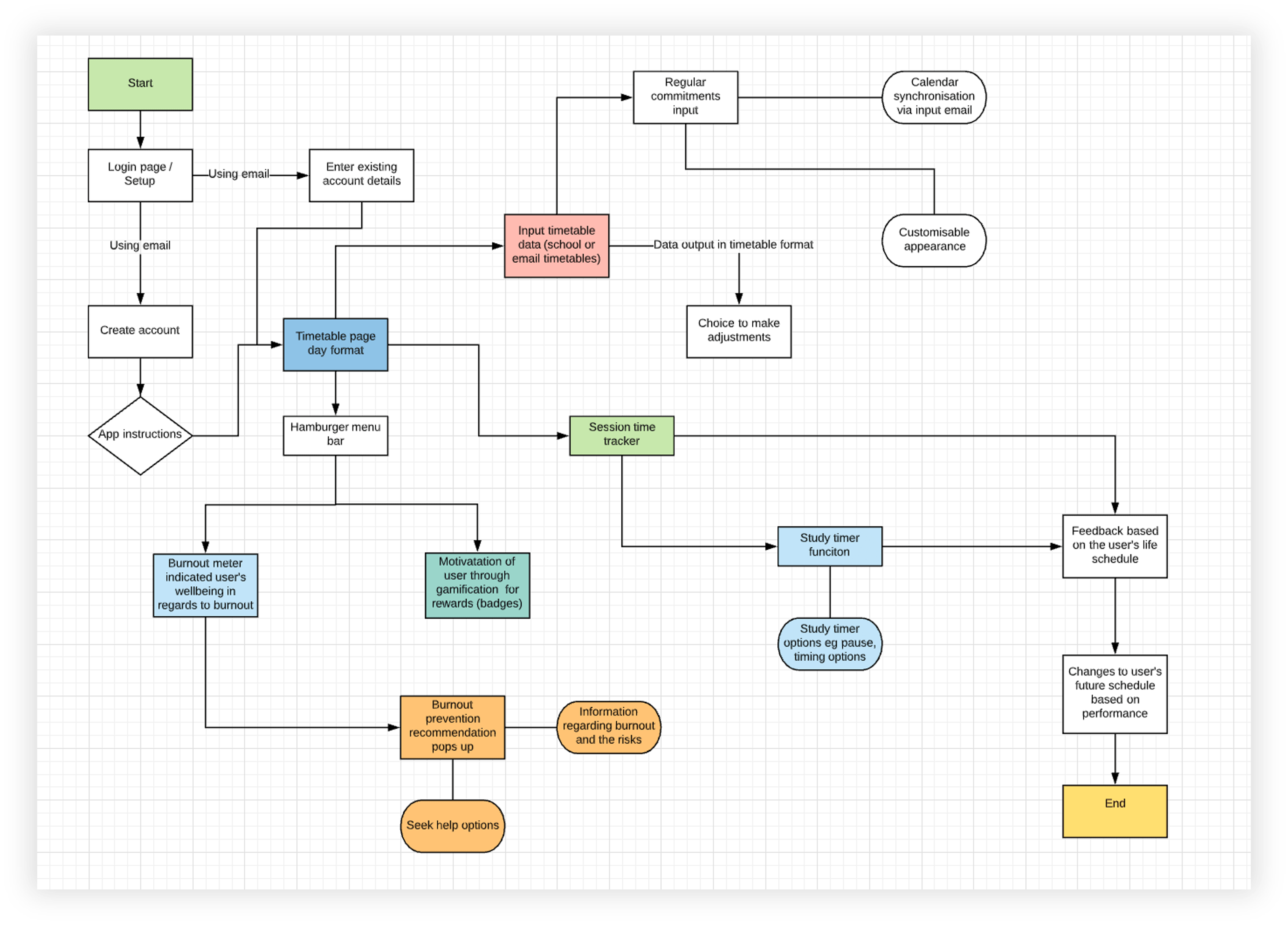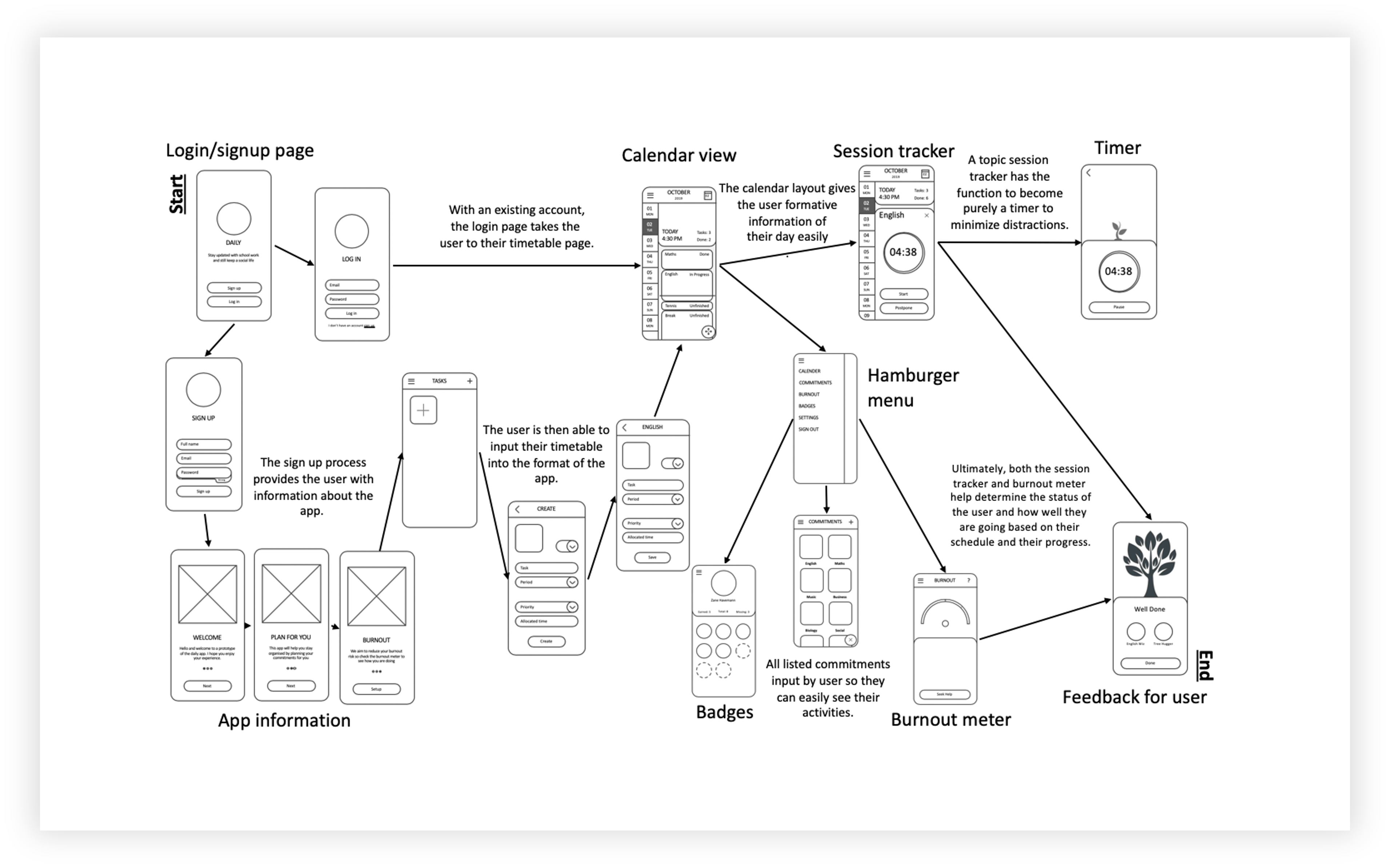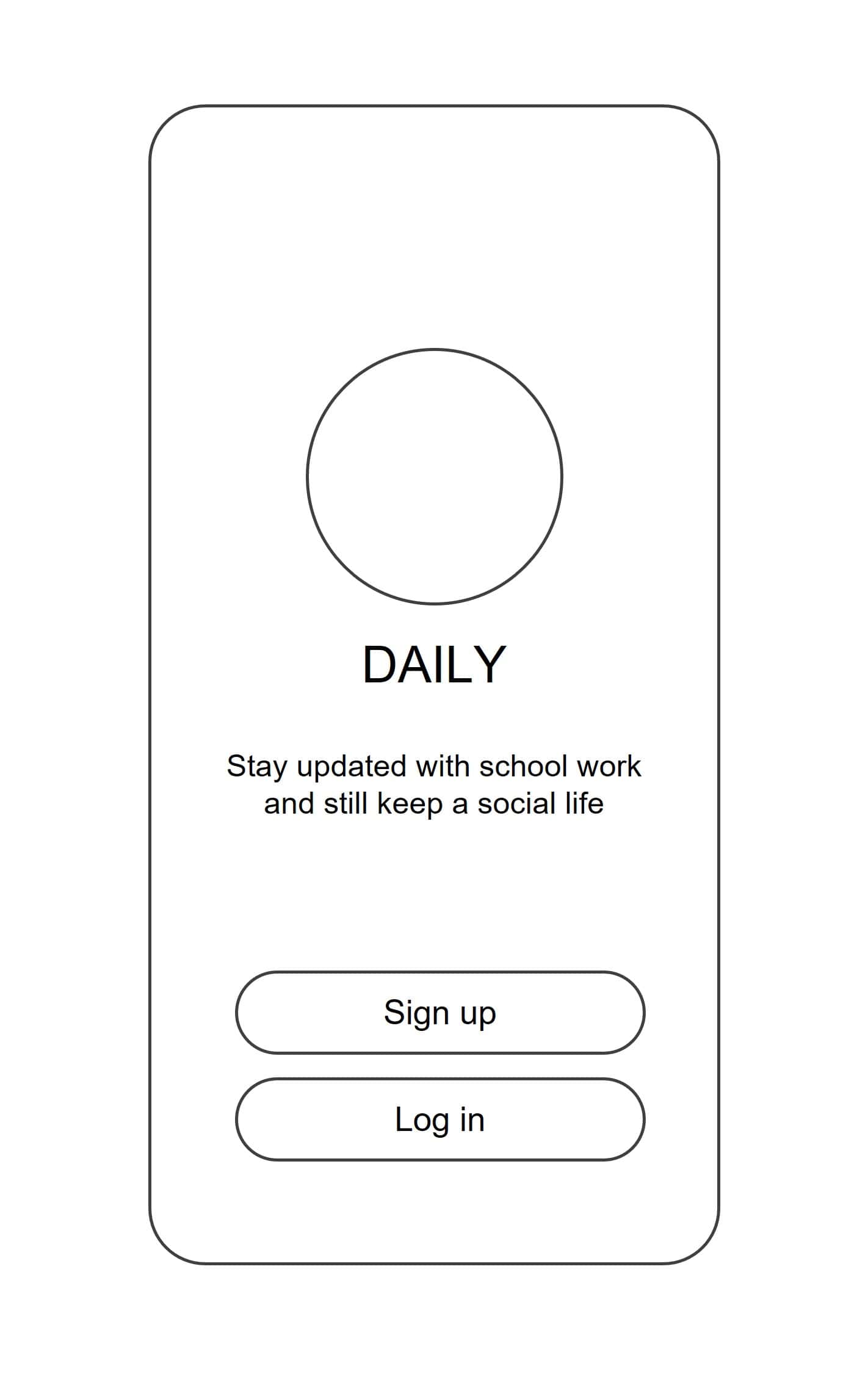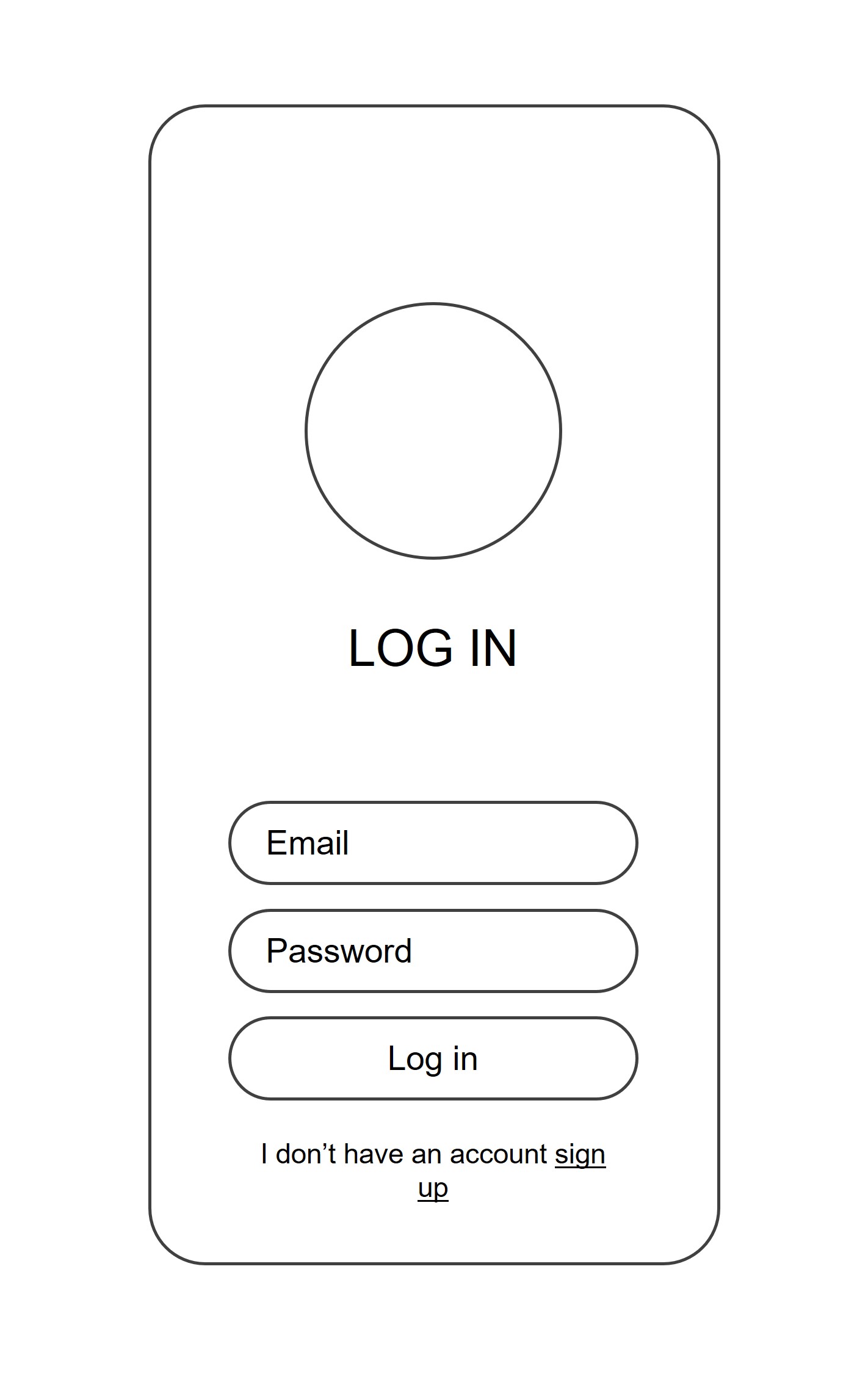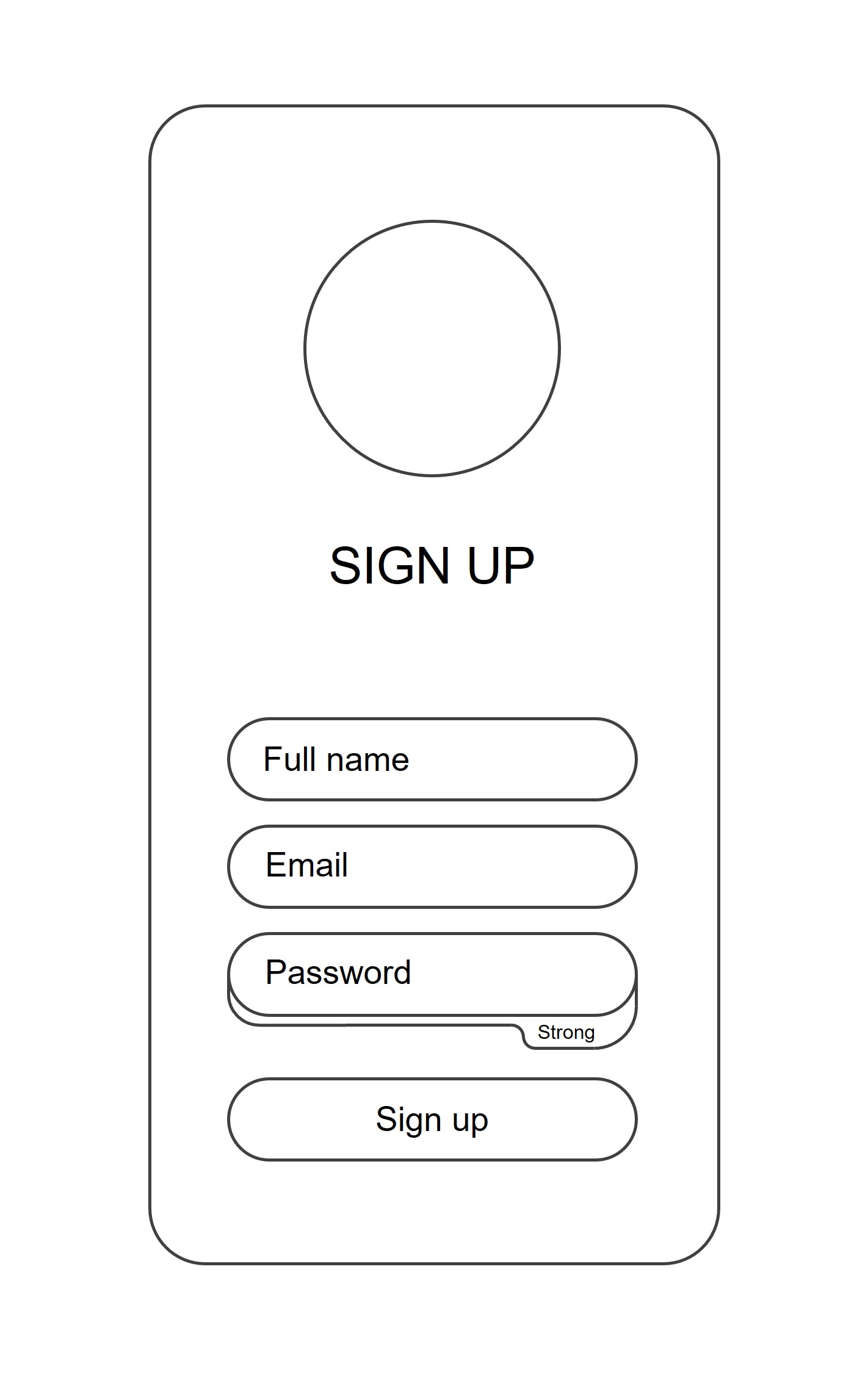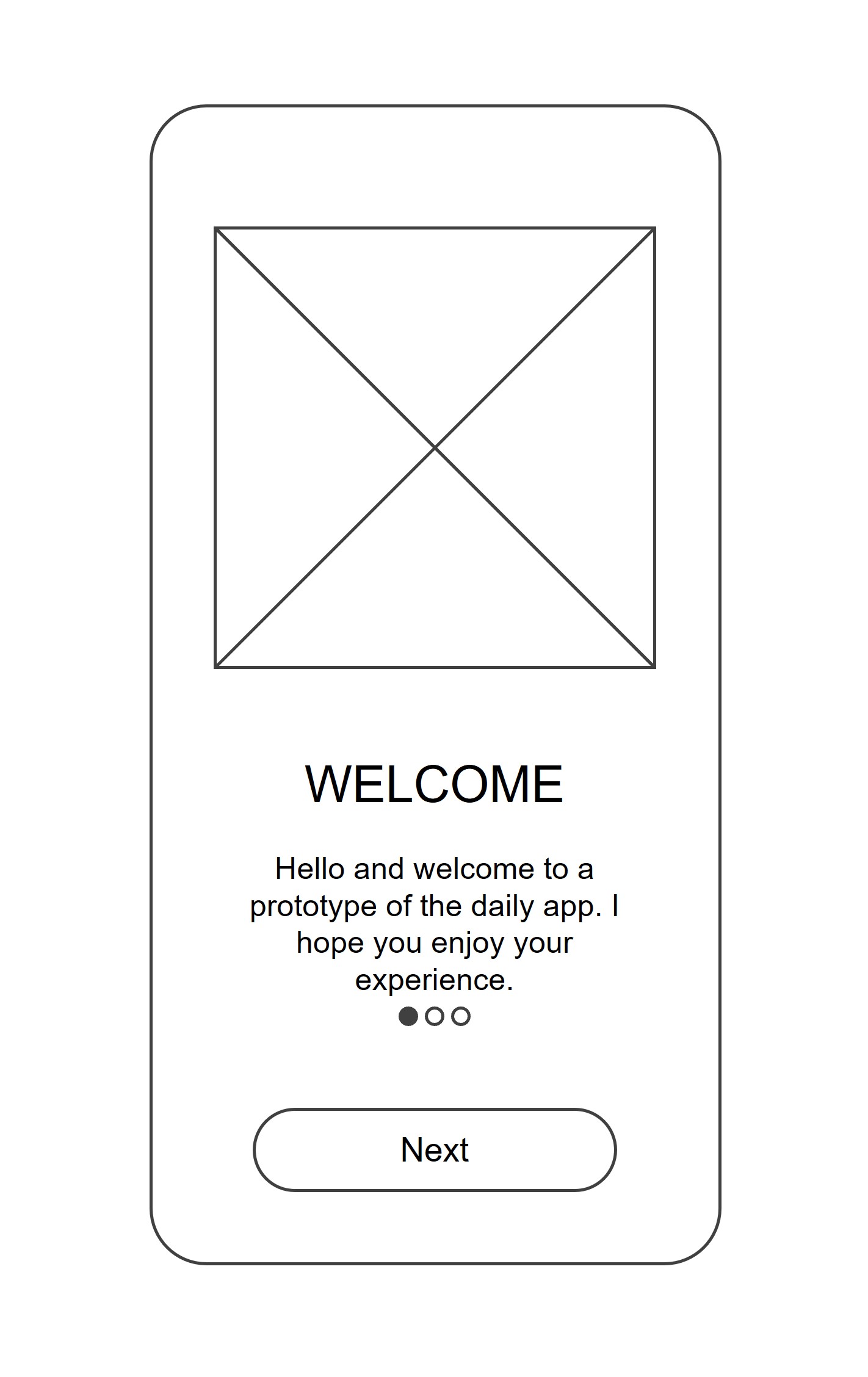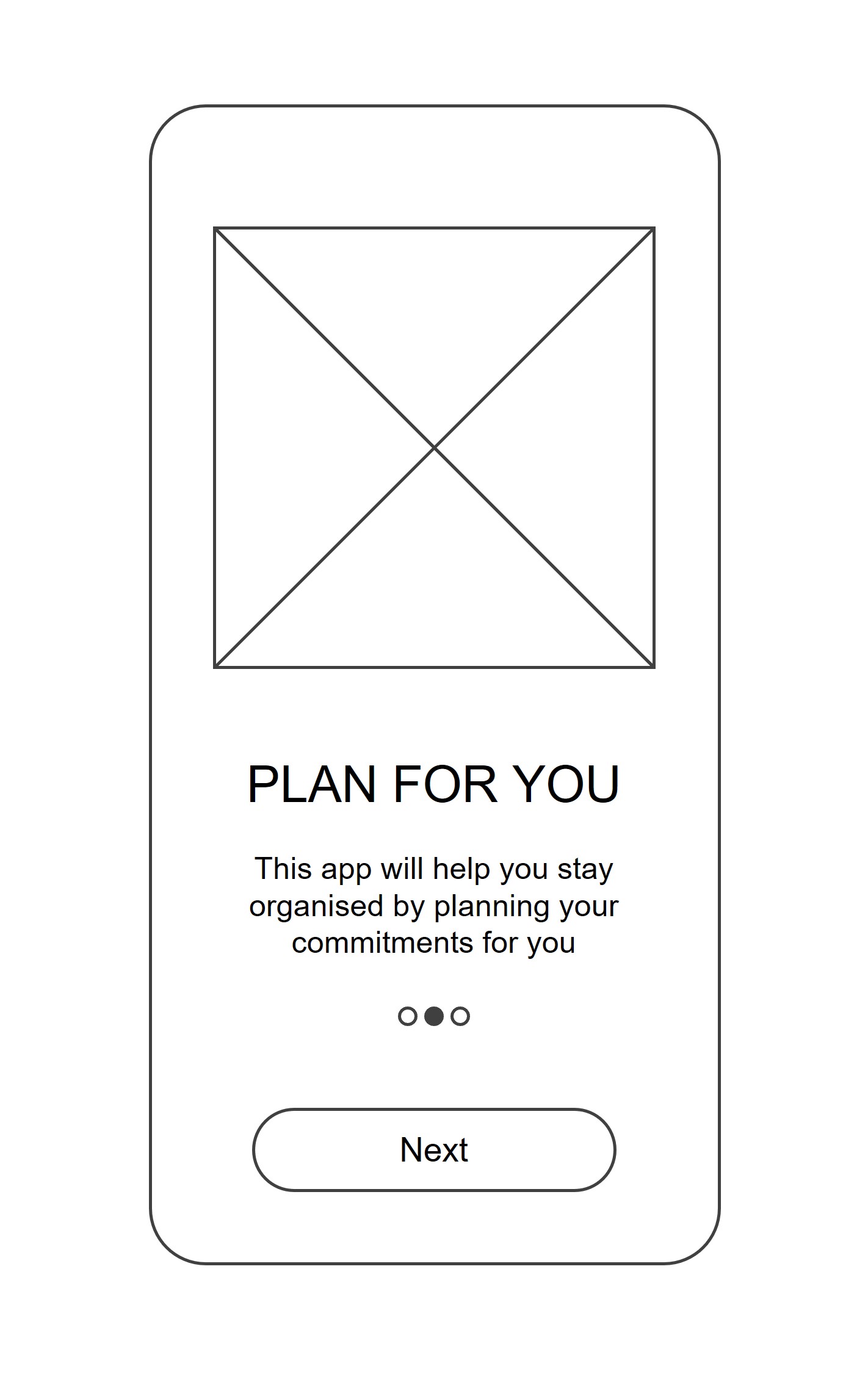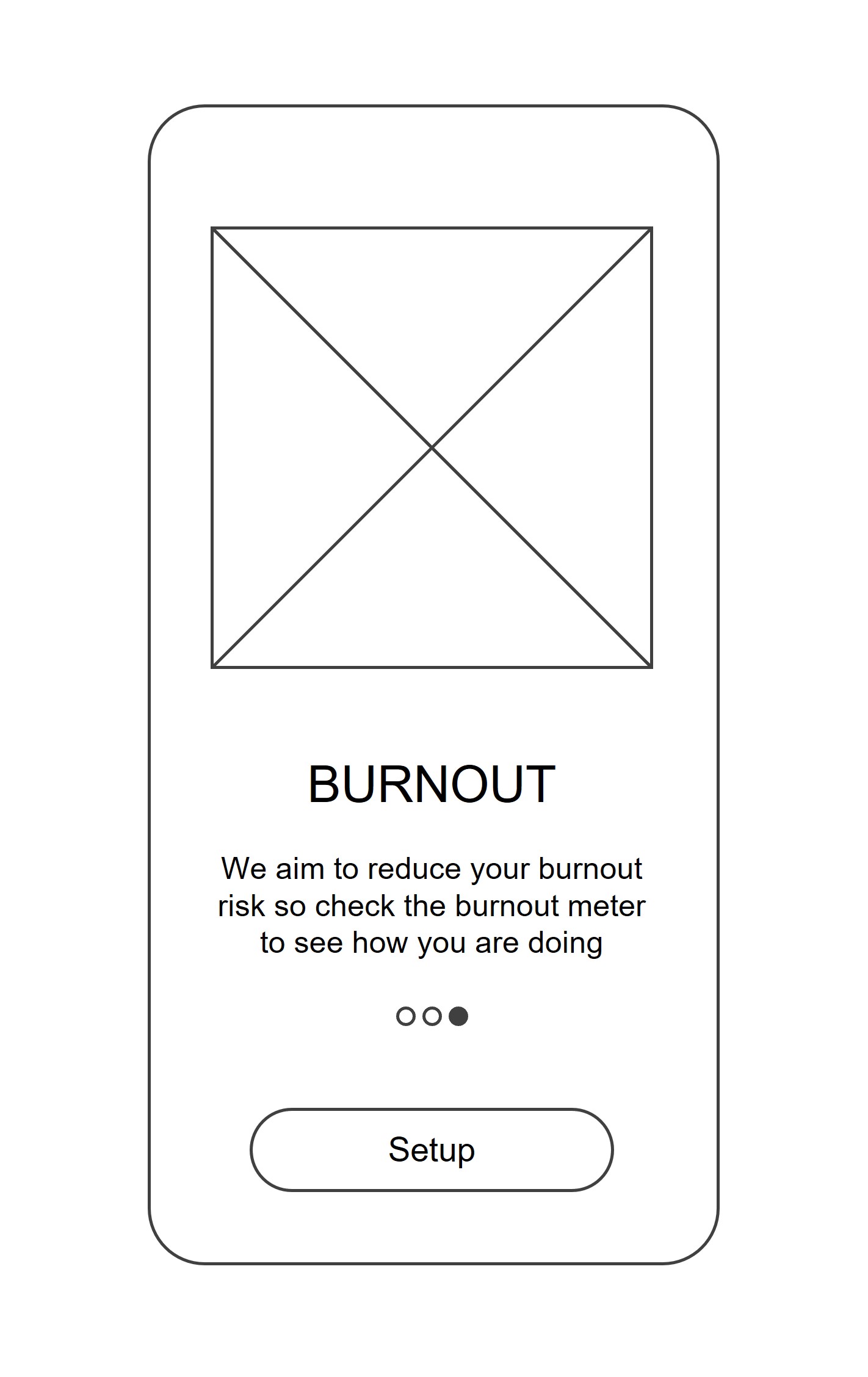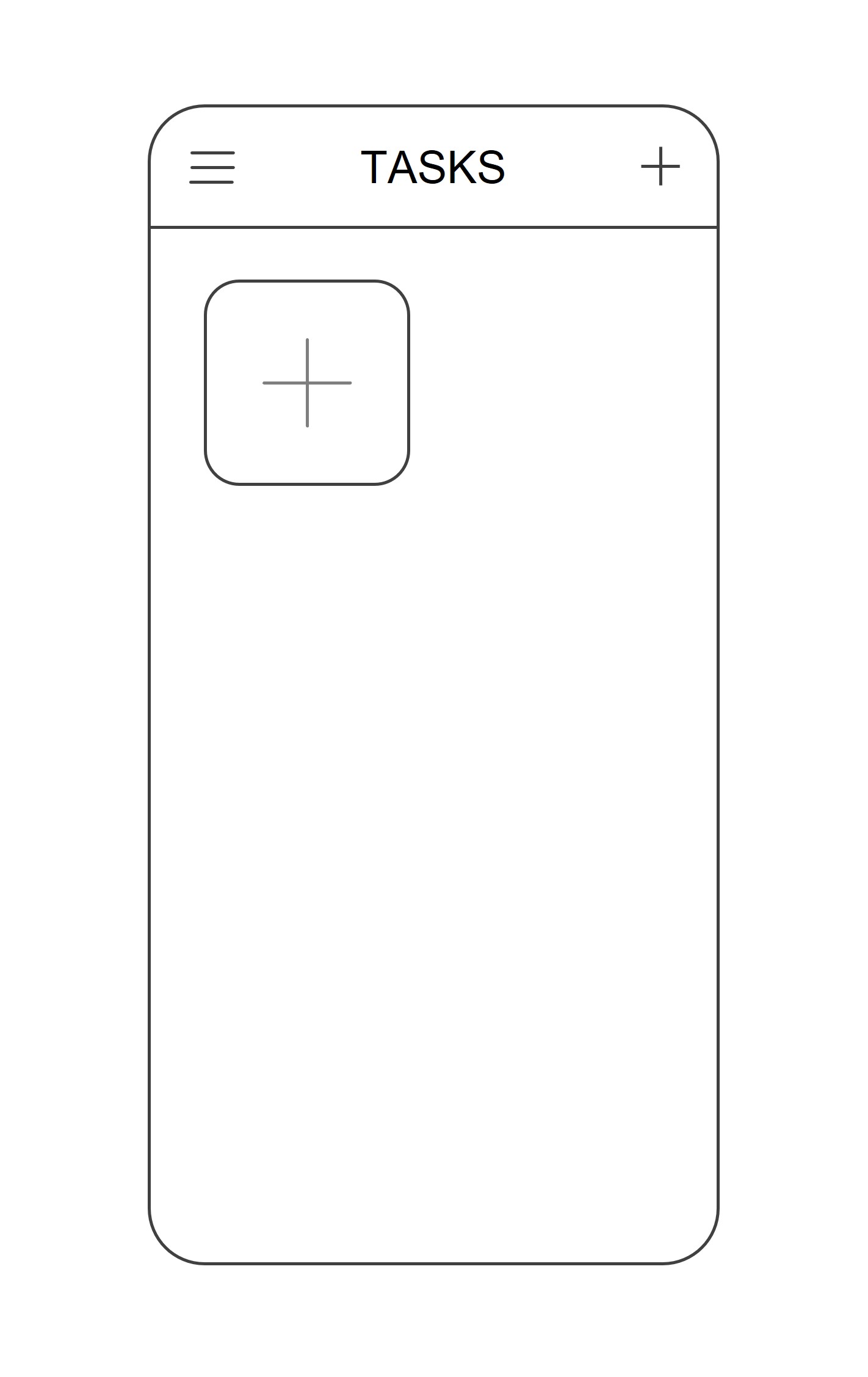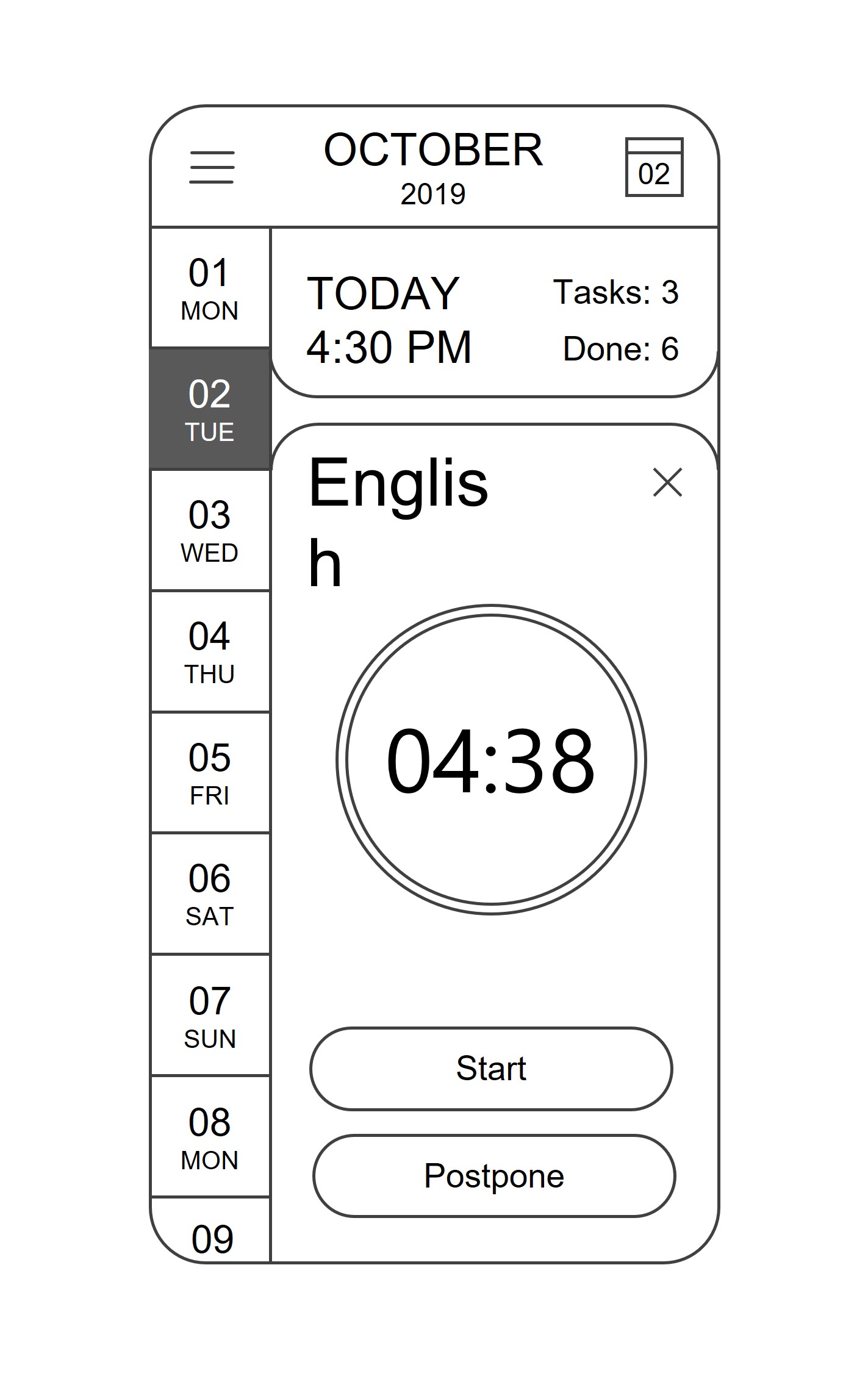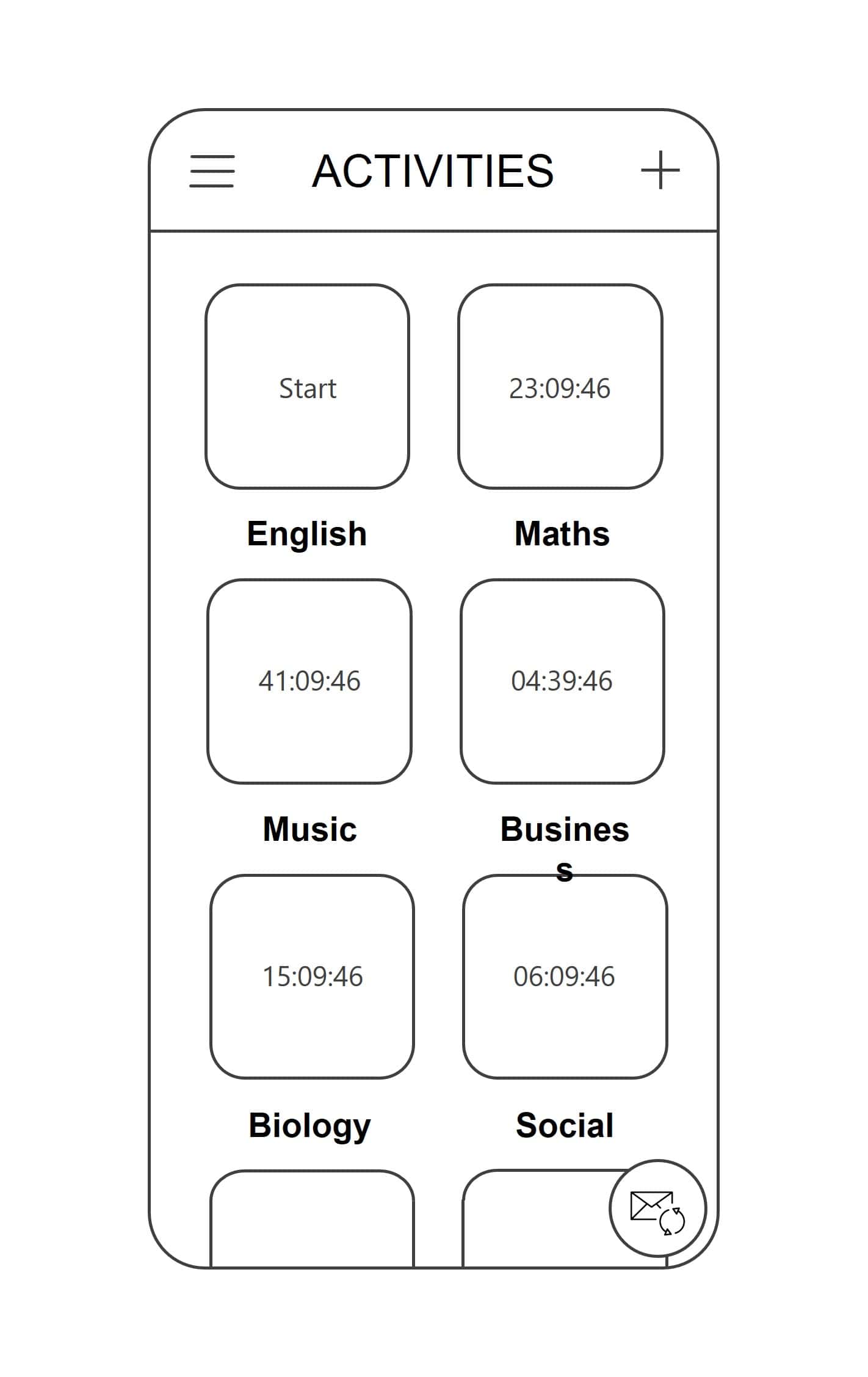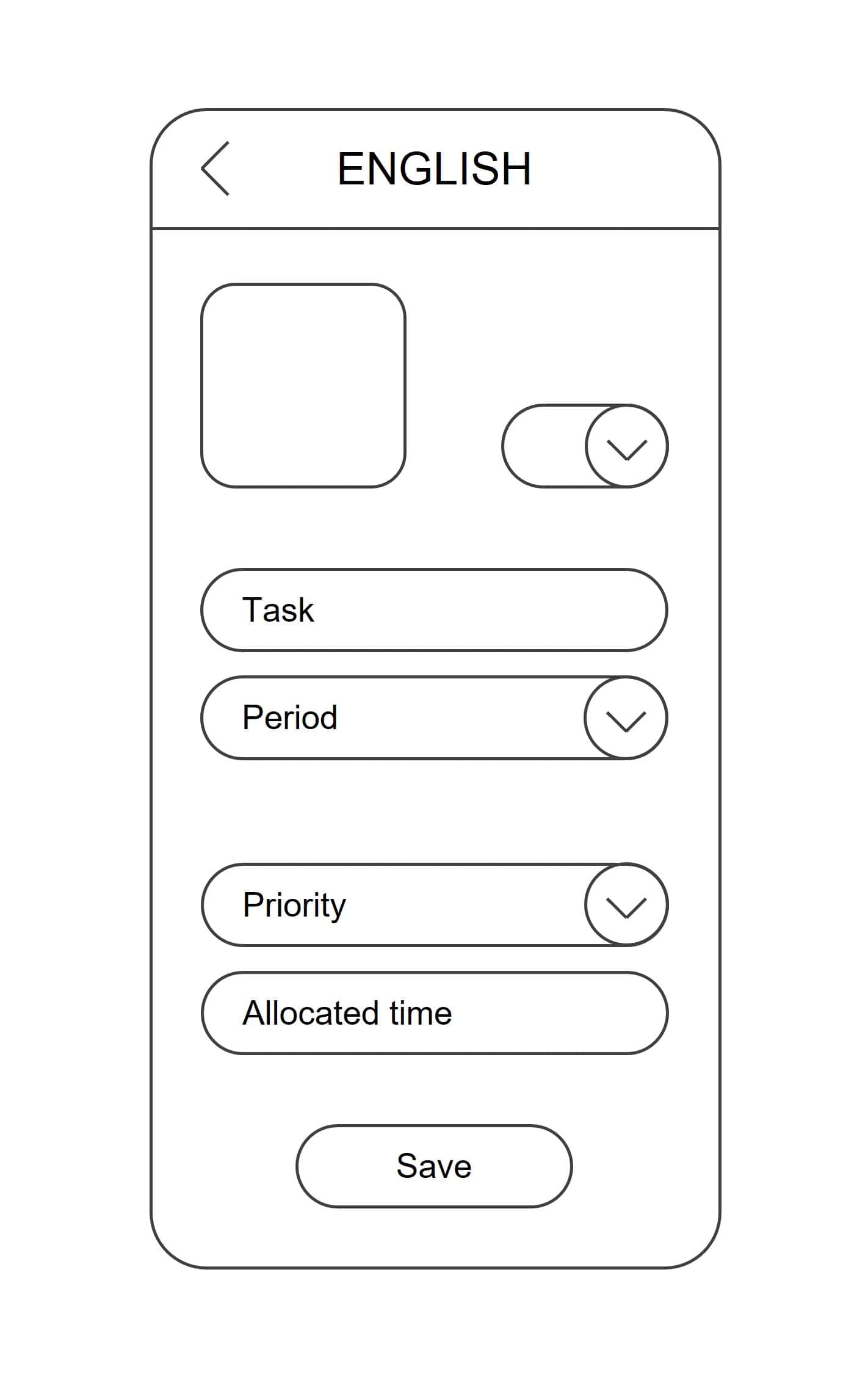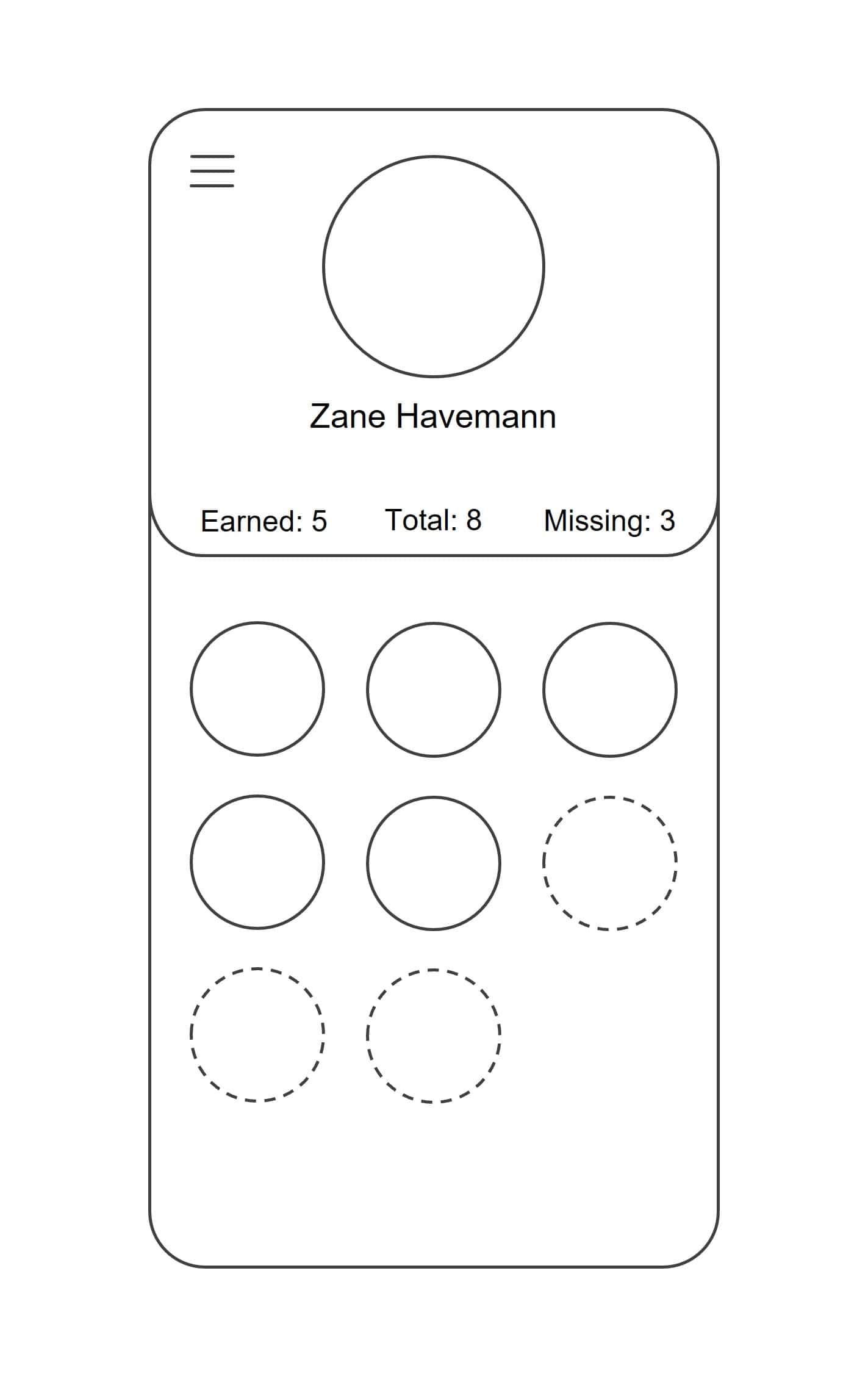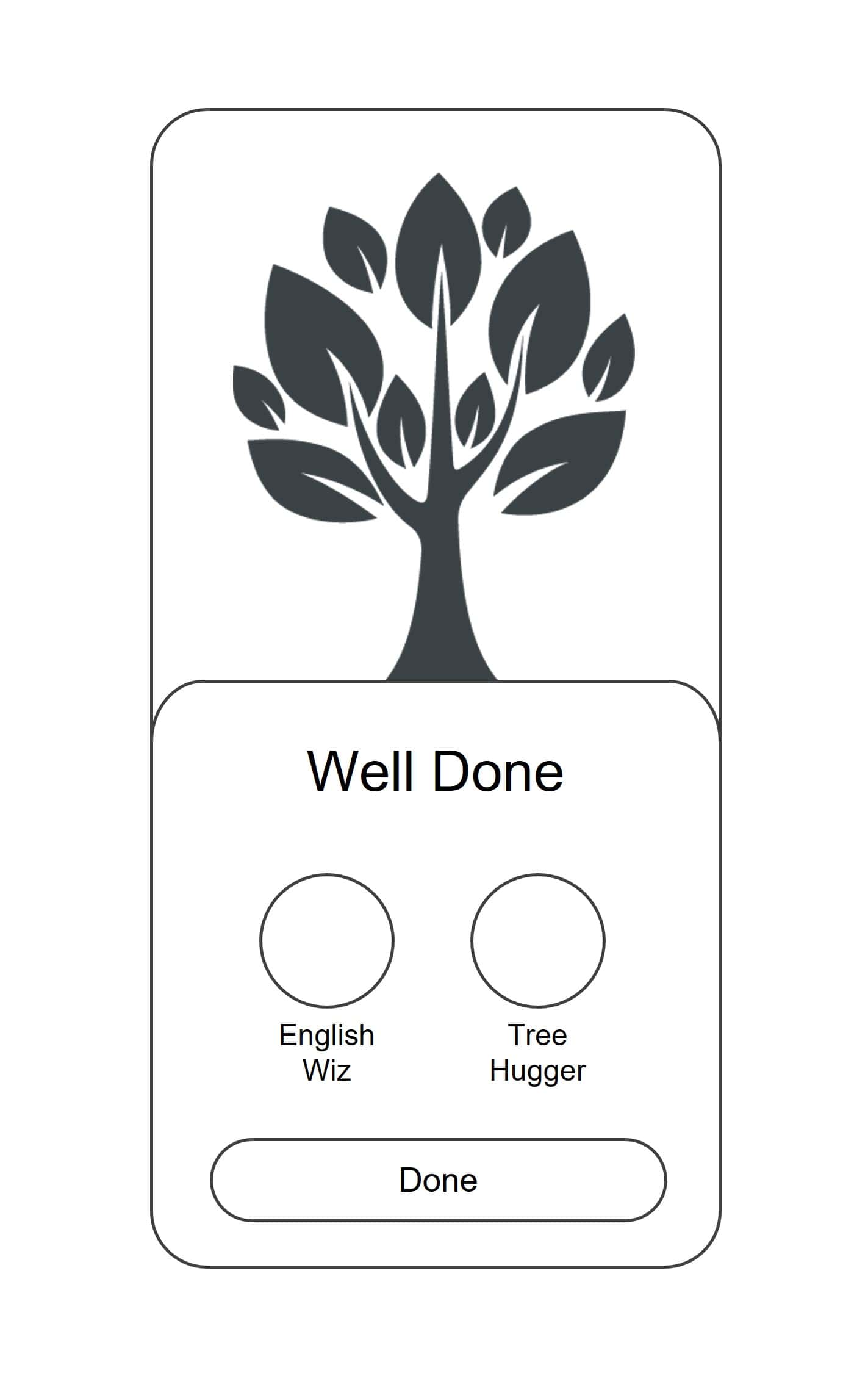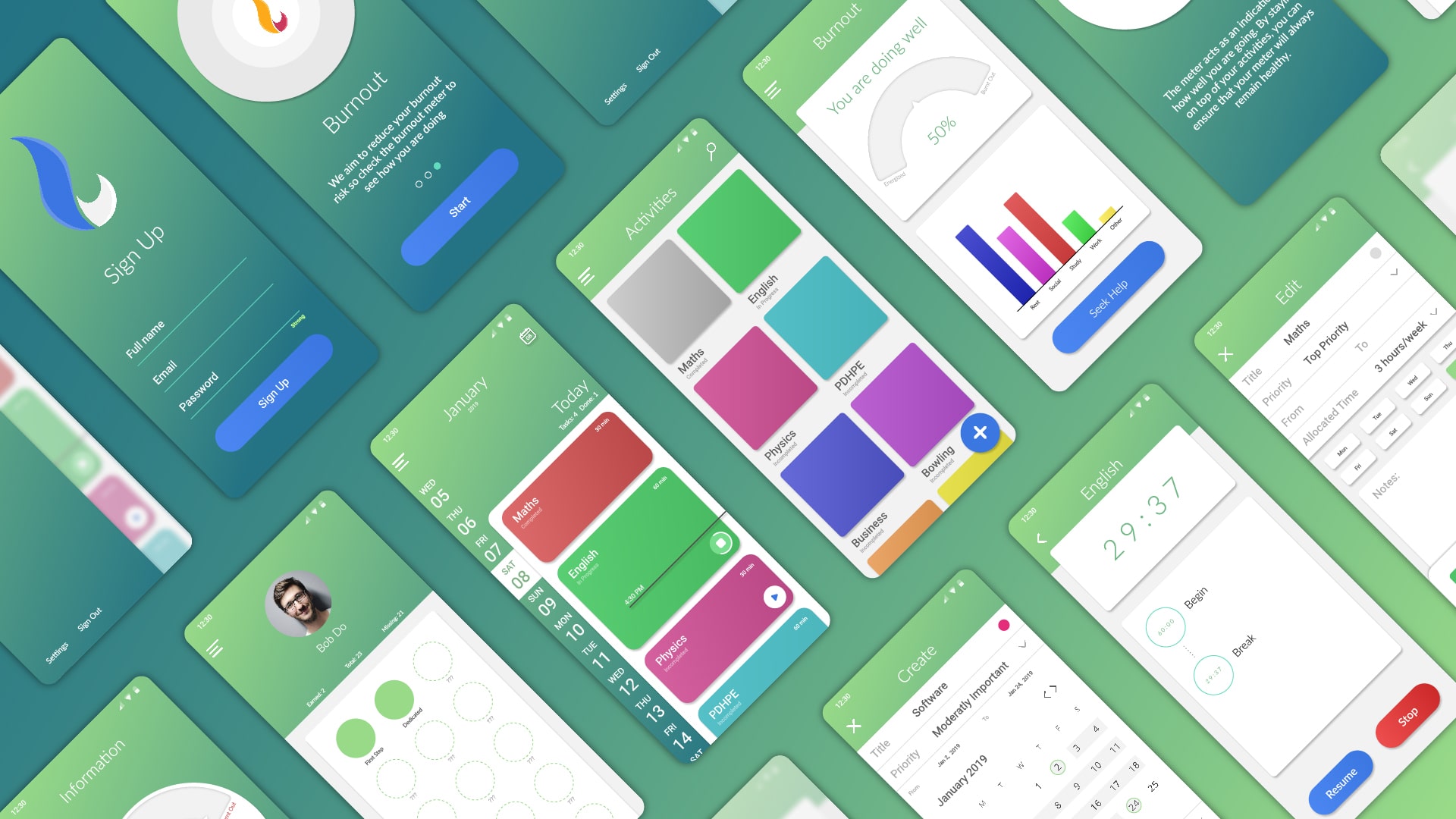Project Brief
The aim of this project is to “acquire and apply practical skills in designing and prototyping interactive products and services, and to understand and apply principles of graphical user interface and interaction design”.
The Problem
A major mental health issue faced within the workforce today is the gradual onset of burnout.
The Goal
Our goal is to raise awareness of burnout especially for HSC students as well as preventing it by proposing an appropriate strategy, which is carried out as an app to help students reduce the stress levels that cause burnout, together with guiding them through the aspects of priorities they need while going through the HSC.
Team and Role
I worked on this project with two other students studying user experience design:
- Brendan Yang
- Jenny Kim
I was involved with all stages of the design process, mainly focusing my efforts on the research phase and the user interface designs.
Responsibilities
Secondary Qualitative Research, Screen Designs, User Testing, Video Production.
The Process
My process will be different in different projects and will be determined by many factors such as the project goals, business needs, complexity of the problem, time, etc. Here I used the double diamond approach.

Double Diamond Approach

